BLOG
What is a hysteroscopy and when is it needed?
Hysteroscopy is one of the most useful and precise gynecological procedures for evaluating the uterine cavity. Through this technique, it’s possible to identify and treat multiple conditions that may affect fertility, cause abnormal bleeding, or result in pelvic pain. Best of all: it’s a minimally invasive, outpatient procedure with a fast recovery time.
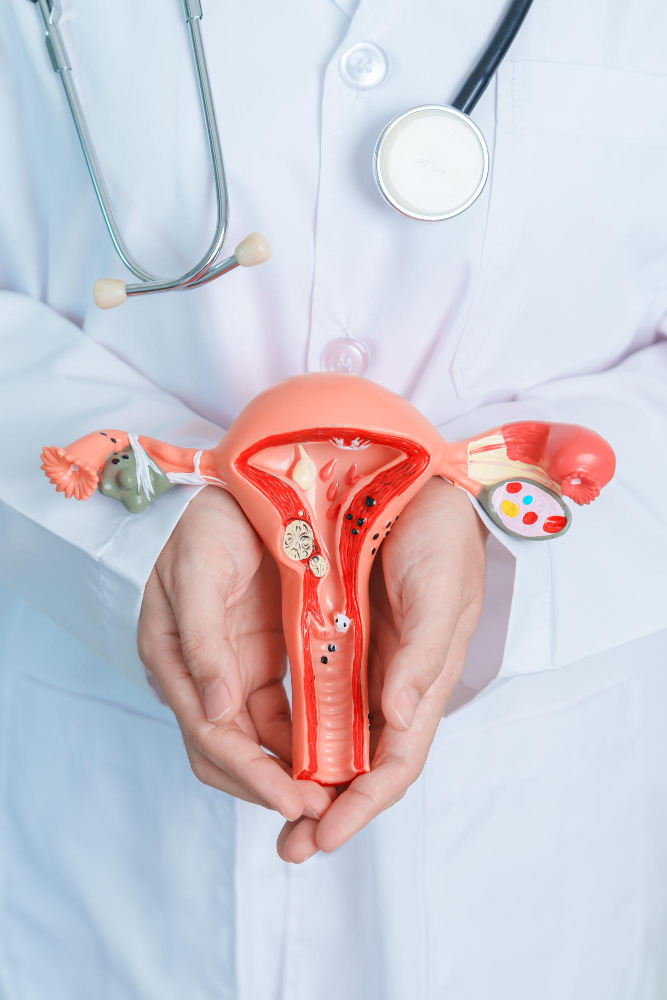
How is a hysteroscopy performed?
This procedure is done using a thin instrument called a hysteroscope, which is inserted through the vagina and cervix to directly visualize the inside of the uterus. Thanks to a small camera attached to the device, the specialist can observe the endometrial cavity in real time and detect any structural abnormalities. In many cases, diagnosis and treatment can occur in the same surgical session.
Types of hysteroscopy: diagnostic and operative
There are two types of hysteroscopy:
-
Diagnostic hysteroscopy: Used to observe and detect endometrial issues such as polyps, submucosal fibroids, adhesions (synechiae), uterine malformations, or retained tissue.
-
Operative hysteroscopy: Allows for the removal of lesions, cutting of adhesions, or correction of structural anomalies—without the need for abdominal incisi
Common indications for hysteroscopy
Hysteroscopy is frequently recommended for the following reasons:
-
Abnormal uterine bleeding
-
Recurrent miscarriages
-
Unexplained infertility
-
Abnormal findings on imaging studies (such as ultrasound or sonohysterography)
-
Implantation failure during fertility treatments
CONTACT
Do you have questions about your fertility?
Schedule your appointment with our specialists and find out if you’re a candidate for one of our treatments.
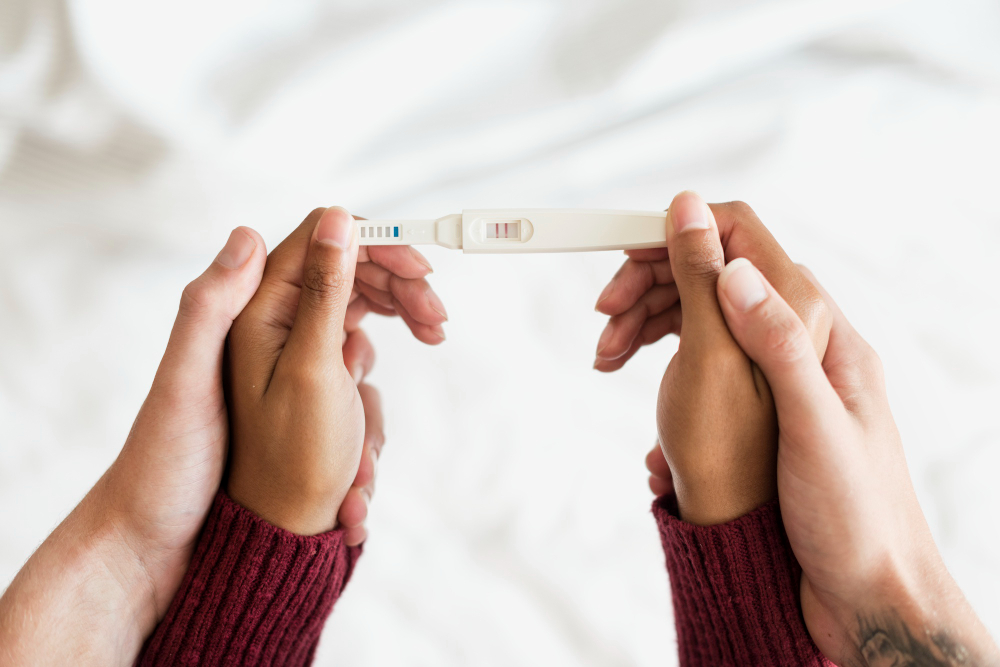
Advantages in Diagnosing Infertility
In cases of infertility, hysteroscopy helps identify issues that often go undetected in other studies. For instance, small polyps or adhesions that interfere with implantation may go unnoticed on a standard ultrasound but are clearly visible with this technique.
Even for patients planning in vitro fertilization (IVF), it is recommended to evaluate and optimize the uterine cavity beforehand, especially if there have been prior implantation failures.
Procedure Safety and Recovery
The safety of this procedure is well-documented. According to ASRM and ESHRE guidelines, hysteroscopy is a highly effective technique with a low risk of complications when performed by trained professionals.
At Baja Fertility Services, we have a fully equipped surgical suite and perform this procedure on an outpatient basis, meaning no hospitalization is required and patients can usually return to their daily routines the next day.
What to Expect After a Hysteroscopy
Recovery is typically quick. Some patients may experience mild spotting or cramping for 24 to 48 hours, but simple analgesics are usually sufficient to manage any discomfort. Most patients resume their normal activities without difficulty, and in many cases, the reproductive plan can continue immediately after the procedure, depending on the diagnosis.
A Powerful Diagnostic and Therapeutic Tool
REFERENCES
- American Society for Reproductive Medicine (ASRM). Hysterosalpingography and hysteroscopy: recommendations for practice. Fertil Steril. 2021;116(4):934–946.
- European Society of Human Reproduction and Embryology (ESHRE). Guideline on Management of Uterine Pathology in Infertility.
- Asociación Mexicana de Medicina de la Reproducción (AMMR). Guía Nacional de Indicaciones para Histeroscopía Diagnóstica y Quirúrgica.
- American College of Obstetricians and Gynecologists (ACOG). ACOG Practice Bulletin No. 104: Hysteroscopy. Obstet Gynecol. 2018;132(2):e74–e85.
CONTACT
BOOK YOUR APPOINTMENT
We are here to support you on your journey to parenthood. Booking an appointment with us is the first step toward receiving the care and support you need.
GET IN TOUCH
If you have any questions or need more information before scheduling your appointment, feel free to contact us. We are here to help.
LOCAL PHONE
664 635-8427
PHONE FROM THE U.S:
001 619 4003830
+52 664 166 9569
info@bajafertility.com
ADDRESS
Torre Norte 2: Fray Servando Teresa de Mier 1351, local 601, Zona Urbana Río Tijuana, Tijuana, B.C.
BLOG
Browse Our Articles
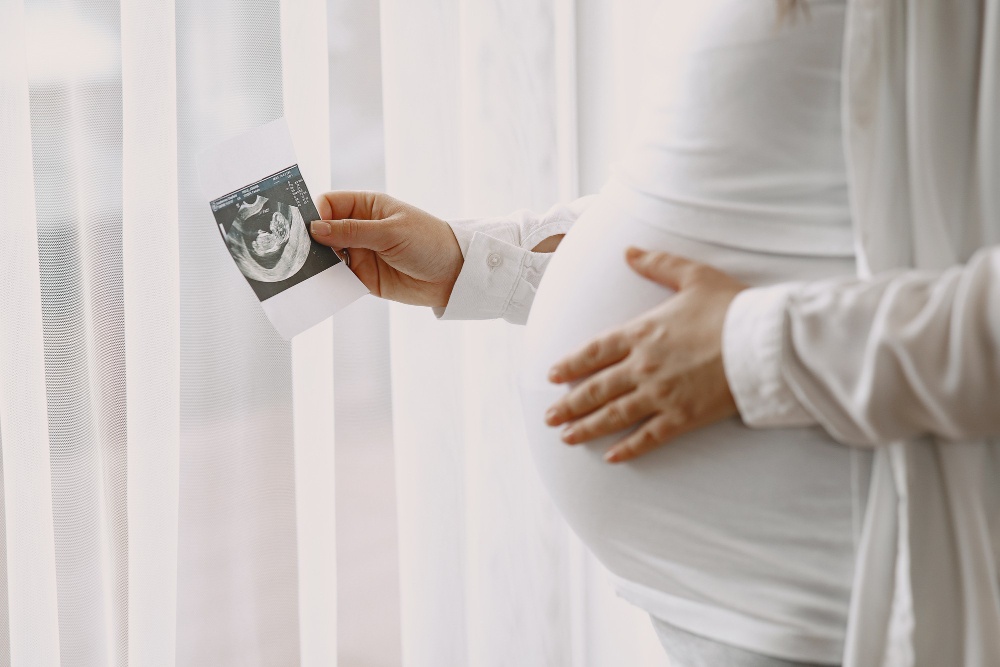
Options for same-sex couples who wish to start a family
There are safe and personalized treatments available for same-sex couples to build a family.

What is the ROPA method and how does it allow two women to share motherhood?
The ROPA method (Reception of Oocytes from the Partner) allows two women to biologically share motherhood.
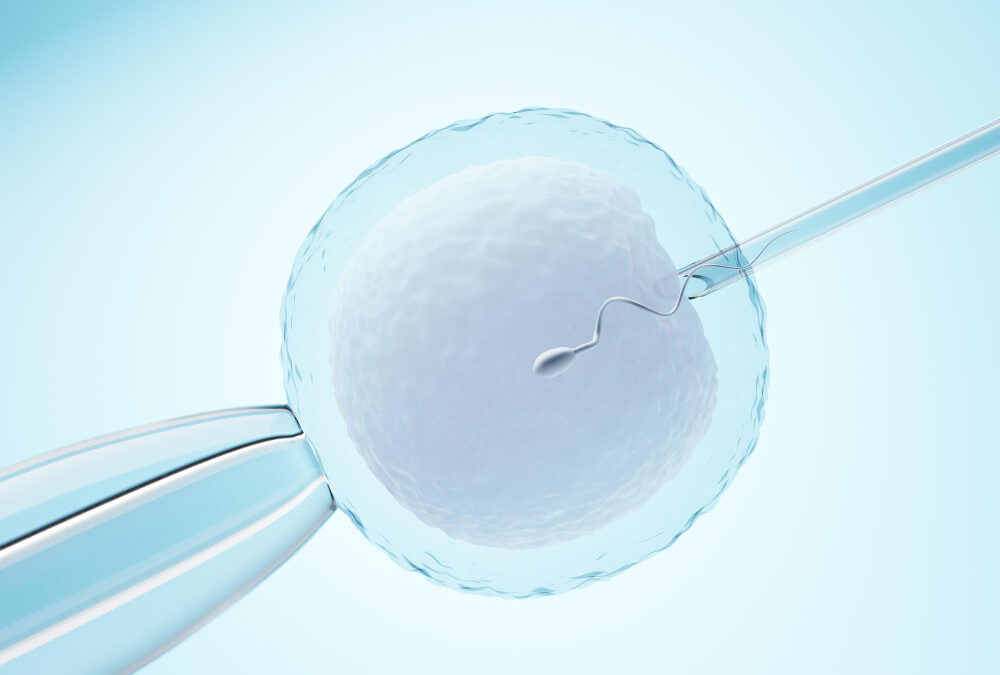
What is in vitro fertilization (IVF) and when is it recommended?
IVF makes it possible to achieve pregnancy even in complex cases of infertility or tubal ligation.
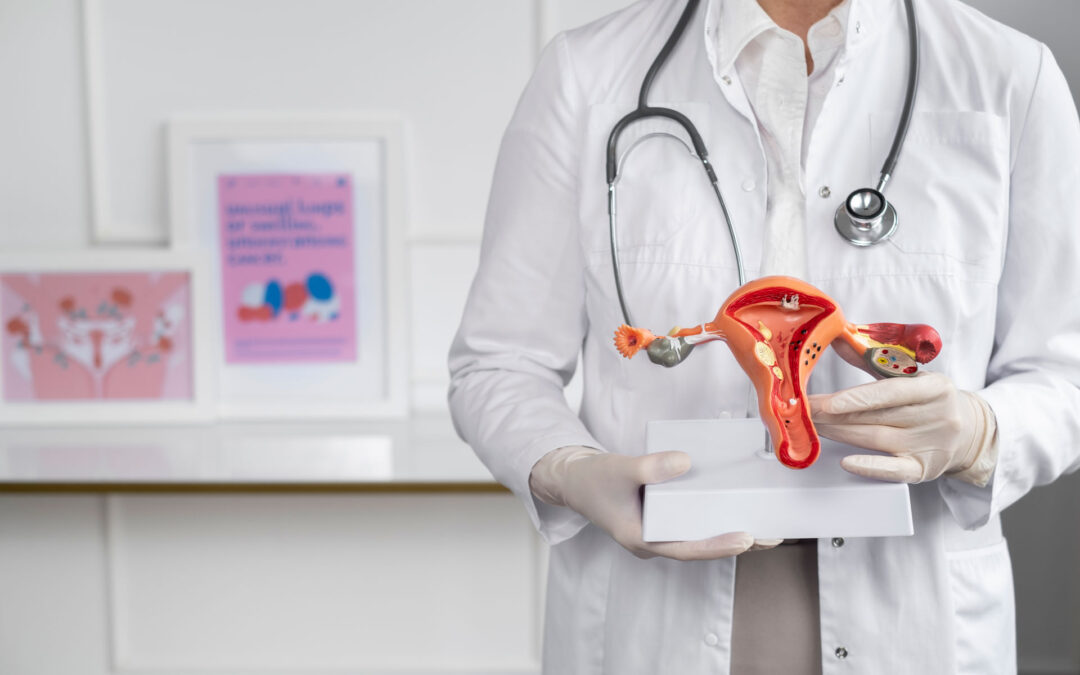
Can I get pregnant if I had my tubes tied? Real and effective alternatives
Can I get pregnant if I had my tubes tied? Real and effective alternatives

